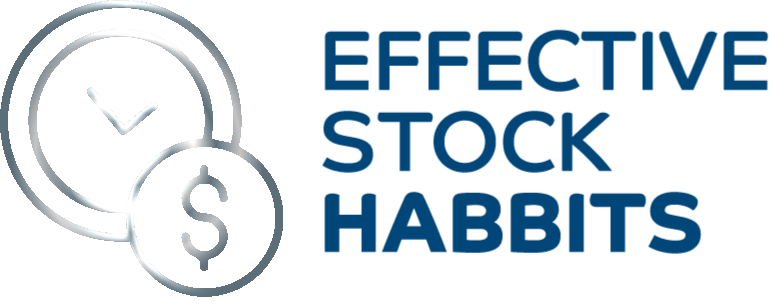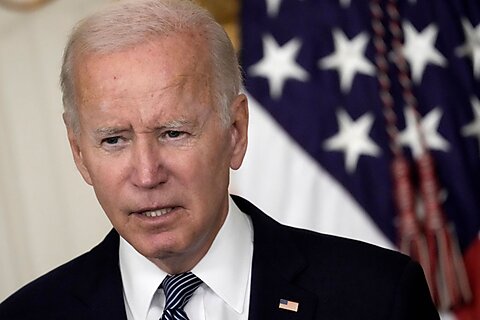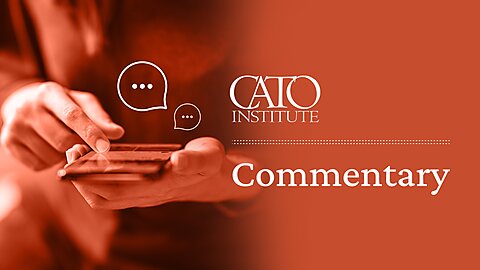
Brookings Paper Is Not Concrete Evidence That a “Hard Landing” of the Economy Is Inevitable
Last week at Brookings, Ben Bernanke, former Fed chair, and Olivier Blanchard, former chief economist of the International Monetary Fund, released an empirical study of the inflationary episode that followed the COVID-19 government shutdowns. According to the authors, the supply constraints caused by the pandemic shutdowns were initially a main factor, and the “easy fiscal and monetary policy” that followed made things worse.
While this conclusion shouldn’t surprise anyone, it’s their prediction for the economy’s outlook that generated some buzz.
Specifically, Bernanke and Blanchard conclude that the only way for inflation to come down is for the labor market to “cool off.” Essentially, they’re making a Phillips‐curve type argument, suggesting that there will have to be substantial job loss/wage declines (a so‐called “hard landing” of the economy) before inflation comes back down to the Fed’s target.
Strangely, the Bernanke‐Blanchard model results don’t really support this kind of prediction.
For instance, Figure 12 shows their “decomposition of the sources of inflation” from 2020 to the first quarter of 2023 “based on the solution of the full model and the implied impulse response functions.” The most obvious conclusion shown in the graphic is that the overwhelming majority of the inflation has been caused by everything other than labor market tightness.
Indeed, the contribution of their labor market variable to inflation is small, and the direction of that contribution is inconsistent throughout the period. From the 4th quarter of 2021 onward, for example, virtually the same size contribution from labor market tightness is associated with both increases and decreases in inflation. Aside from whether Bernanke and Blanchard have the “right” model, these results don’t clearly support their recipe for taming inflation.
To be fair, the authors note multiple times that the relationship between the unemployment rate and job opening rate (the Beveridge curve) has shifted dramatically in the economic chaos of the past few years. So, it is unlikely that their model will be valid in the coming months as the economy returns either to a pre‐COVID‐19 state or to an entirely different structure. Moreover, Bernanke and Blanchard offer several major caveats to their projections (on page 35), ones that go “beyond the usual statistical uncertainty surrounding the parameter estimates and the specification of the model itself.”
Given their model results, along with their extensive caveats, it would be wise to take their “hard landing” predictions with a grain of salt.



